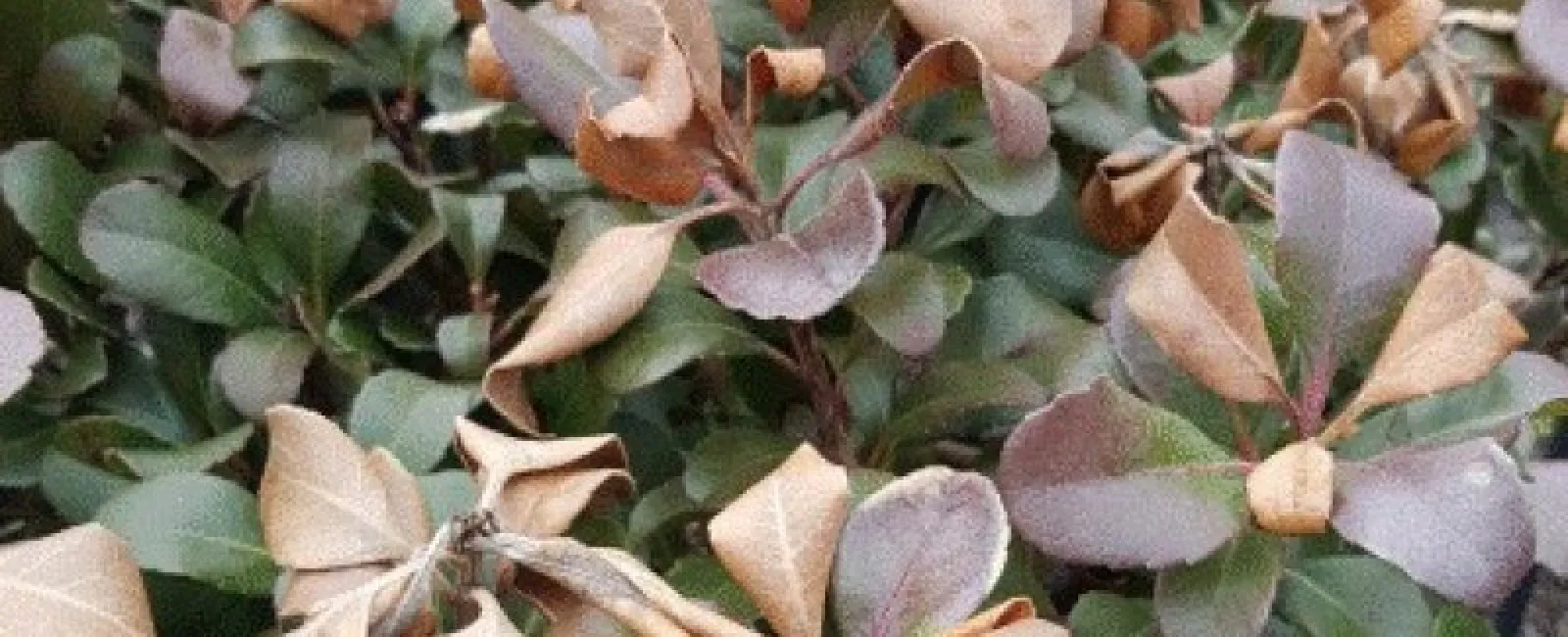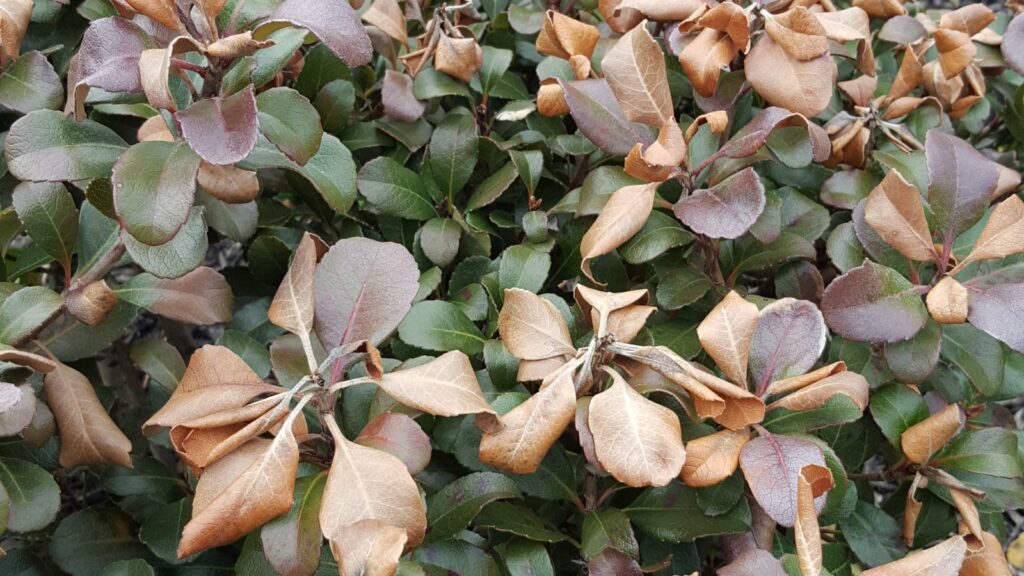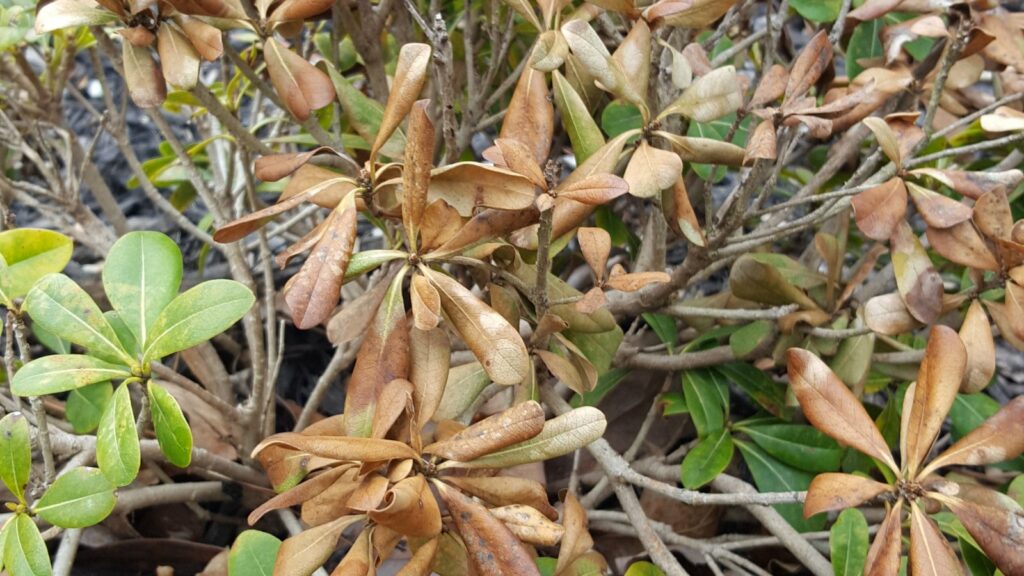
Greetings!
This is Andrew Blenk, the Plant Health Care (PHC) Manager at Caldwell Tree Care.I wanted to reach out to you with some information about an issue that I and the other PHC technicians are seeing as we begin applications for the 2020 PHC program.
We are seeing, and clients have been reporting, cold damage to a number of plants. The cold snap that we had November 12-14, 2019 is probably the main culprit. The damage could also have been worsened by the cold snaps we had in December (18th & 19th) and even in January (20th – 22nd).The damage done to the plants shows as something that looks like the leaves and/or branches have been “burnt” due to the desiccation that is showing up over the last month or so.
There are a few examples attached. These pictures were taken in our Owner’s (Kevin Caldwell) yard this week.
We wanted to let you know that the treatments that are a normal part of the PHC multiple application programs will help to strengthen the plants. If our technicians see that any additional treatments or other work might be beneficial, we will let know. You can then decide whether to contact the office at 770-992-1973 and set up an appointment for your Arborist to come take a look.
We have provided below some information taken from an article produced by the University of Georgia Extension Service. A link to the full article online is also included. If a technician notices this damage on your property, they may also leave a printed copy of some of the same information with the leave behind card when they perform your treatment.
Please reach out to us if you have any questions or would like information about what else can be done to keep your plants and trees in good shape for the coming Spring.
Thank you for your business.



– – – – – – – – – – – – – – – – – – – – – – – – – – – – – – – – – – – – – – – – – – – – – – – – – – – – – – – – – – – – – – – – – – – –
Information contained below is an excerpt ofCircular 872, University of Georgia Extension – “Winter Protection of Ornamental Plants”.The full article can be found at: https://extension.uga.edu/publications/detail.html?number=C872
Cold damage to ornamental plants can be a problem during the winter in the Georgia landscape. Local weather conditions and patterns can affect the timing and extent of cold acclimation of landscape plants.
During the summer months, ornamental plants are actively growing and would be severely injured by even the slightest frost. During the late summer and early fall, the plants must prepare themselves for winter through a process called cold acclimation. This process is initiated by the cooler temperatures and shorter day lengths that naturally occur at this time of the year.
Cold injury can occur on all parts of the plant including fruit, stems, leaves, trunk and roots. Once it occurs, cold damage may not be apparent in the plant for several days or weeks. Damage may be localized, and the entire plant may not be affected. Marginal leaf scorching or “leaf-tip burn” is characteristic of this problem. Leaves may curl and will probably eventually turn completely brown and defoliate.
Pruning in late summer or early fall can cause new growth that is more susceptible to cold injury. Plants transplanted in late fall or early winter are also more susceptible to cold injury. Plants that grow in shaded areas are less susceptible to winter desiccation, or drying out, than those grown in full sun. Protect plants in containers either by placing them inside a protective structure (house, garage, greenhouse or shed) or by placing a protective covering over them. Plants continue to have water requirements during the winter months. Not providing sufficient water for the plants will NOT protect them from cold damage.
Waiting to prune after freezes have passed will guard against removing living wood. If localized damage has occurred to the foliage or stems, pruning several inches below the injured tissue.
